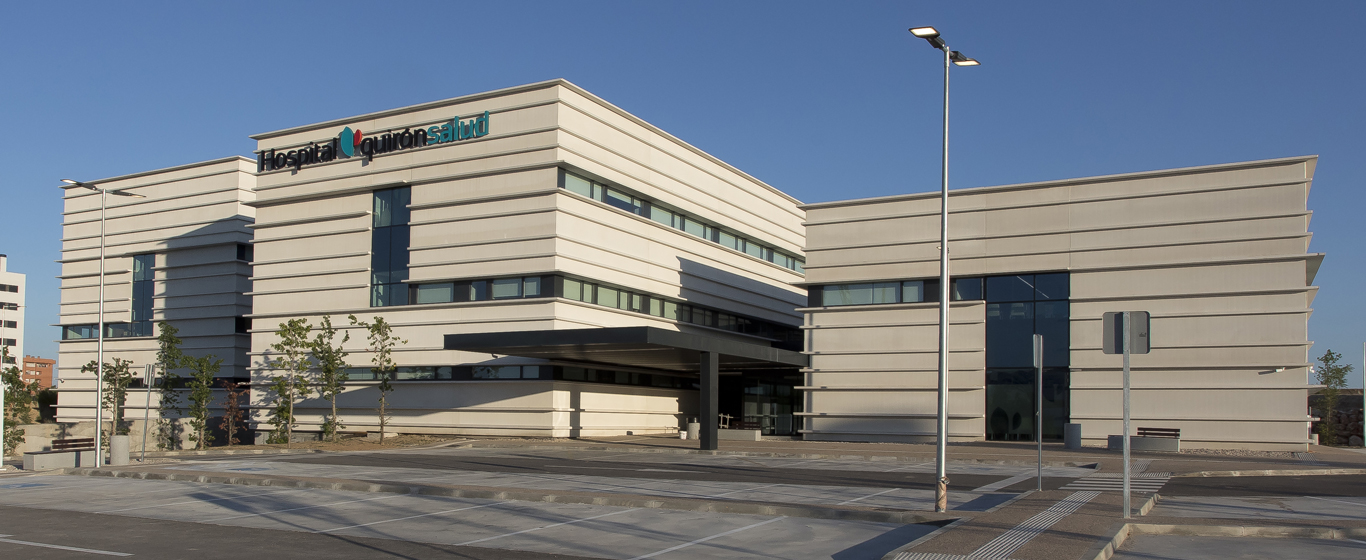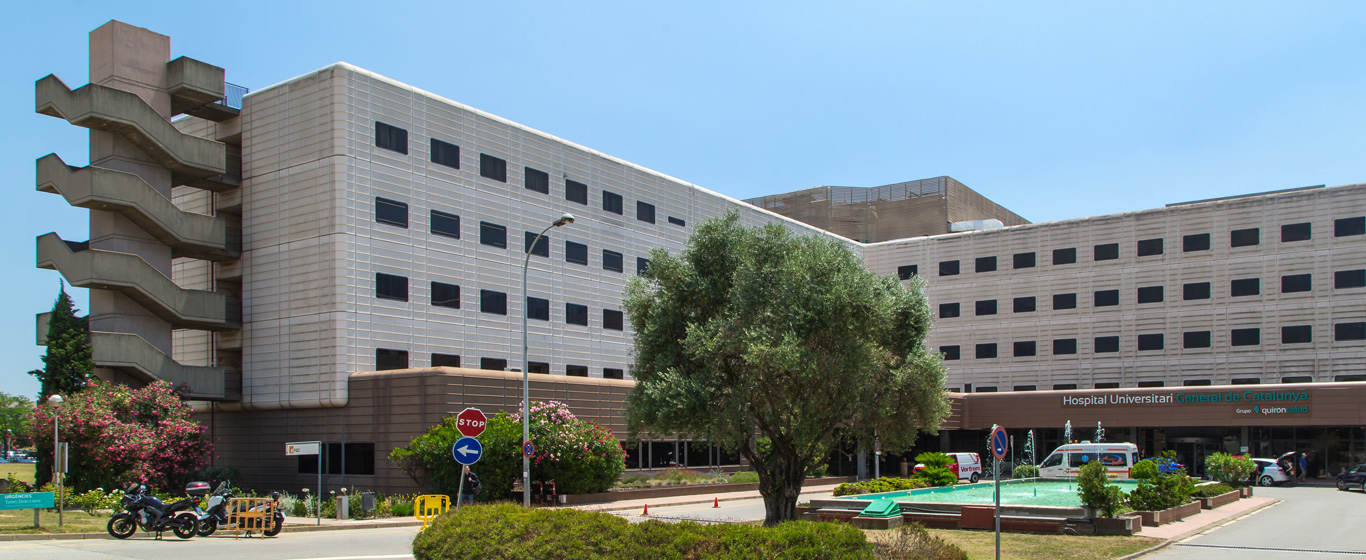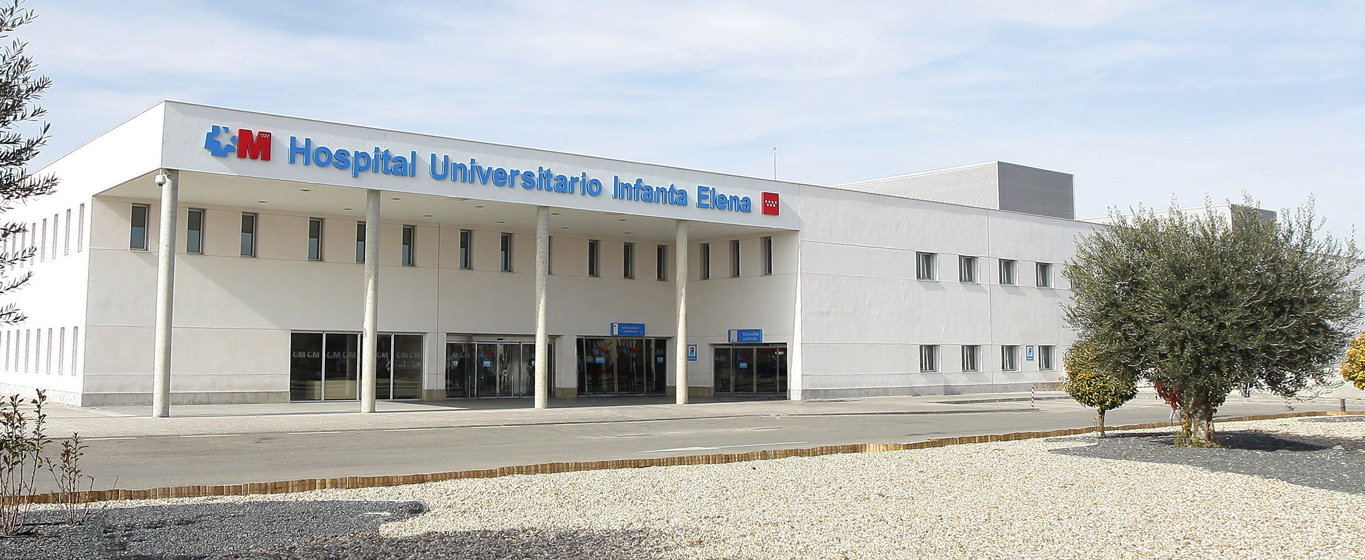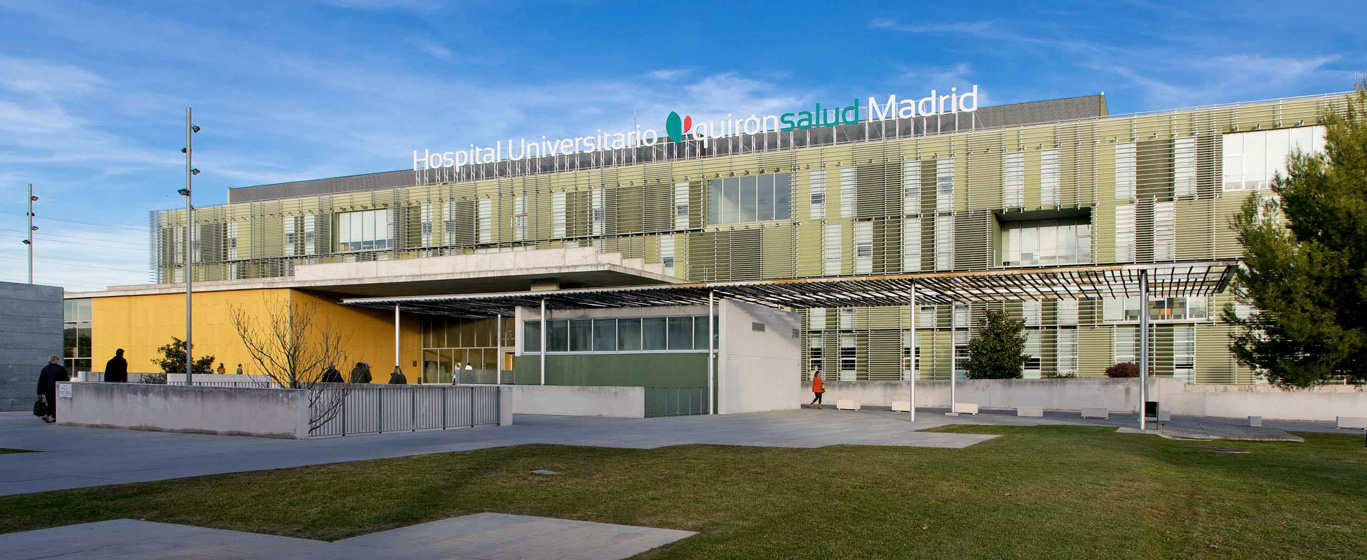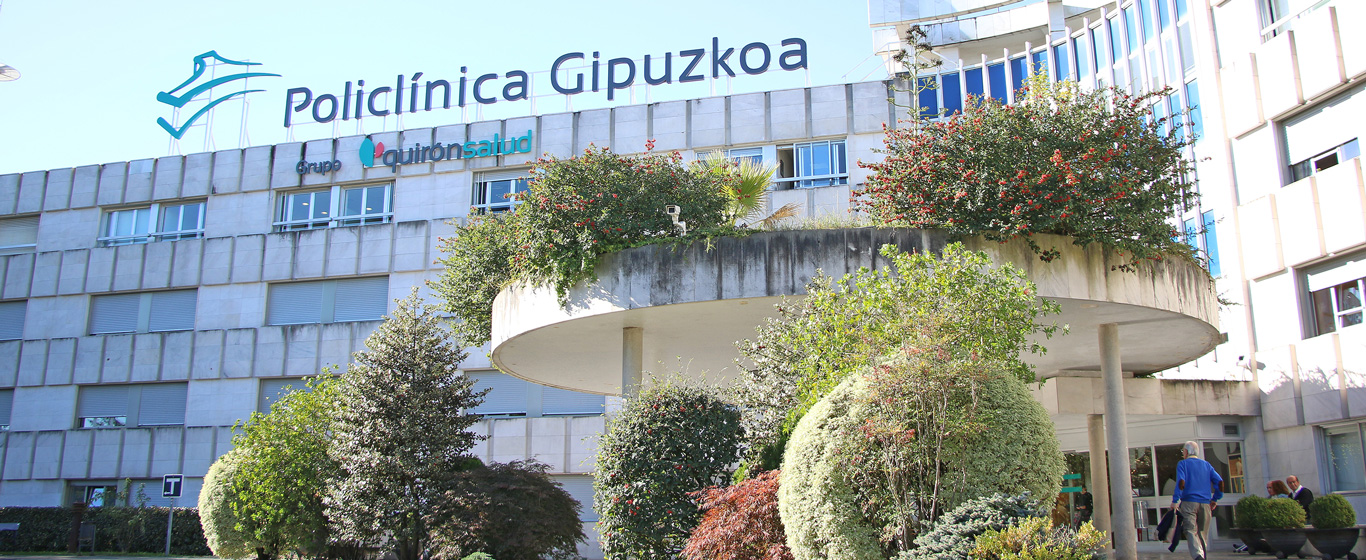Dwarfism
Is dwarfism hereditary? Everything about the causes, symptoms, and treatments of this disorder.
Symptoms and Causes
Dwarfism is a medical condition that mainly affects bone and cartilage growth, characterized by abnormally short stature for age and sex. An adult is considered to suffer from this condition when their height does not exceed 147 centimeters, although the average height is typically around 125 centimeters.
Patients with idiopathic familial short stature or constitutional growth delay should be excluded from this category, as they are not pathological.
The most common causes of dwarfism are genetic in origin, meaning they are due to genetic mutations, although there are other causes as well. Genetic mutations can be inherited from parents, but in most cases, they occur sporadically as a result of new mutations.
Based on the proportional relationship between the different body parts (trunk/limbs), there are two main types of dwarfism: disproportionate or disarmonic dwarfism, which is the most common, and proportionate or harmonic dwarfism.
Symptoms
The main symptom of dwarfism is short stature, which does not exceed 147 centimeters in adults. Additionally, each type has specific characteristics, summarized as follows:
- Disproportionate dwarfism: Short limbs and a large head compared to the rest of the body. This pathology also often includes short fingers, a flattened nasal bridge, a prominent forehead, a short neck, excessive lumbar curvature, and bowed legs.
- Proportionate dwarfism: Slow growth and delayed sexual development.
Causes
- Disproportionate dwarfism: The general appearance is not proportional, as some body parts are of average size or even larger, while the stature is below average. This can occur due to the following causes:
- Skeletal dysplasias: A group of diseases caused by genetic mutations that affect bone and cartilage development.
- Achondroplasia: The most common form of dwarfism. Achondroplasia is caused by a mutation in the FGFR3 gene (fibroblast growth factor receptor 3), which regulates bone growth and development, leading to abnormal bone growth. Most cases (80%) are sporadic, resulting from new mutations, but it can also be inherited in an autosomal dominant manner. It is characterized by short limbs compared to the trunk and head size. Affected individuals have a prominent forehead and a flat nasal bridge. Intellectual capacity is usually unaffected.
- Spondyloepimetaphyseal dysplasia: A group of rare genetic disorders primarily affecting the spine, epiphyses (ends of long bones), and metaphyses (bone growth areas). They present with short limbs and joint deformities, as well as problems with vertebrae and long bones.
- Rickets: Weakening and softening of bones due to a deficiency of vitamin D, calcium, or phosphorus in childhood, causing skeletal deformities and other health problems.
- Proportionate dwarfism: The proportion between body parts is similar to that of individuals of average height. It can have several causes:
- Restricted intrauterine growth caused by smoking, alcoholism, preeclampsia, or maternal infections.
- Dysmorphic syndromes and chromosomal abnormalities: A broad group of rare disorders defined by genetic mutations and their clinical features. Short stature manifests before birth.
- Primordial dwarfism: A group of extremely rare genetic disorders characterized by severely restricted growth before birth, resulting in very short stature. Individuals with primordial dwarfism have normal or slightly disproportionate body proportions but are significantly smaller than average. Several types of primordial dwarfism exist, each with specific characteristics and causes. Osteodysplastic primordial dwarfism types I, II, or III: characterized by extremely short stature, less than one meter, and various skeletal abnormalities. Seckel syndrome: both the head and lower jaw are small, with some degree of intellectual delay. Russell-Silver syndrome: the face has a slightly triangular shape, and there is hypertrophy on one side of the body.
- Turner syndrome.
- Down syndrome.
- Malnutrition during childhood development.
- Psychosocial: Chronic stress or child abuse can affect growth.
- Chronic diseases in childhood, such as gastrointestinal, cardiopulmonary, renal, infectious, immunodepressive, hematologic, hepatic diseases, and metabolic disorders.
- Iatrogenic effects of corticosteroid therapy, radiotherapy, or chemotherapy.
- Endocrine diseases:
- Growth hormone deficiency (pituitary dwarfism): Insufficient production or action of growth hormone by the pituitary gland.
- Hypothyroidism: Decreased thyroid function, which can affect growth.
- Other: Diabetes Mellitus, hypogonadism, precocious puberty, hypercortisolism, hypo and pseudohypoparathyroidism.
Risk Factors
Most cases of achondroplasia, the most common form of dwarfism, result from new mutations in the FGFR3 gene. These mutations occur spontaneously during the formation of the parents' gametes (eggs or sperm). There is an association between advanced paternal age (over 35 years) and an increased likelihood of new genetic mutations in the FGFR3 gene in sperm cells.
Achondroplasia is transmitted in an autosomal dominant manner, meaning that only one copy of the mutated gene is needed to develop the condition. If one parent has achondroplasia, there is a 50% chance that each child will inherit the condition. If both parents have achondroplasia: 25% chance of having a child without achondroplasia, 50% chance of having a child with achondroplasia, and 25% chance of having a child with homozygous achondroplasia, a more severe condition that is usually fatal shortly after birth.
It is important to note that there are no environmental, dietary, lifestyle, or substance exposure factors associated with an increased risk of achondroplasia. The condition is purely genetic, and prevention is limited to genetic counseling for individuals with a family history of the condition.
Complications
Complications of dwarfism are highly varied. The most prominent in disproportionate dwarfism are motor problems, hydrocephalus, sleep apnea, arthritis, or weight gain. Proportionate dwarfism can lead to malformation of vital organs such as the heart or a deficiency in sex hormones.
Prevention
Dwarfism cannot be prevented.
What doctor treats dwarfism?
In the diagnosis and treatment of dwarfism, geneticists, pediatricians, endocrinologists, otolaryngologists, orthopedic surgeons, and neurosurgeons are involved.
Diagnosis
Dwarfism can be diagnosed before birth through a routine ultrasound if very short limbs are detected. After birth, it is confirmed with the following tests:
- Physical examination: The appearance is the main clear indicator of dwarfism.
- Measurements: Pediatric monitoring of height and limb length.
- Genetic tests: To confirm alterations in specific genes and rule out other conditions.
- Hormone analysis: To determine if there are alterations affecting growth.
- Study of family history.
Treatment
Treatment depends on the cause and is aimed at minimizing complications to improve quality of life. It may include:
- Growth hormones: In cases of hormone deficiency. If there are specific hormonal deficiencies, hormone replacement therapy during childhood may improve adult height.
- Surgery: To correct bone deformities or orthopedic issues.
- Physical and occupational therapies: To improve mobility and quality of life.
In all cases, regular check-ups are required to monitor the status of the body's organs, which may be affected by complications of dwarfism at any time.






































































